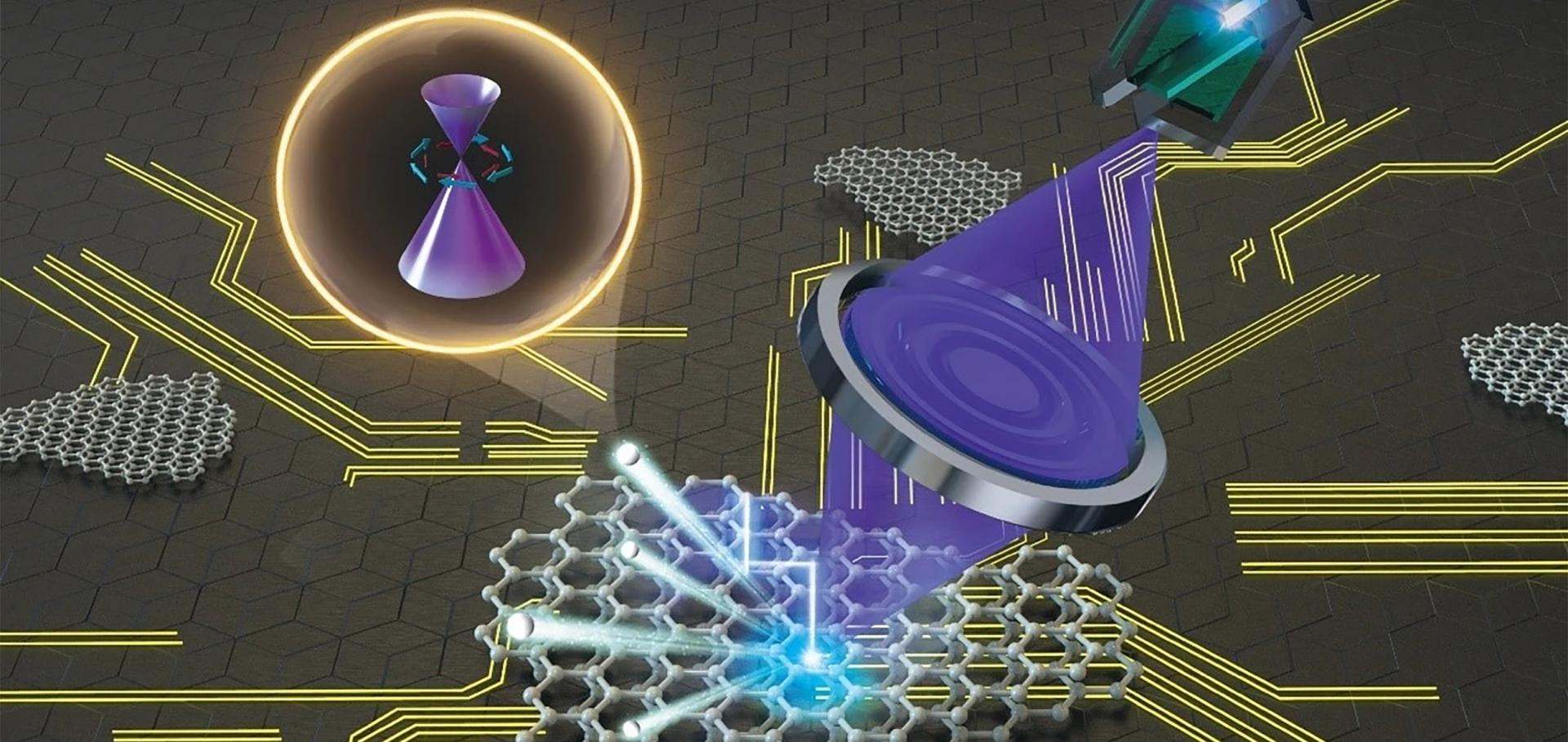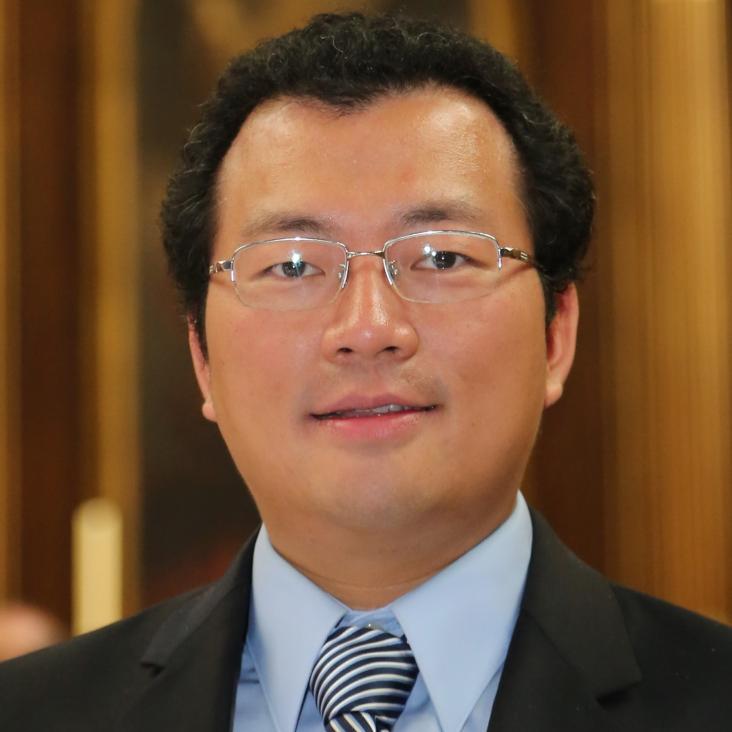Unusually High Occupation of Co 3d State in Magnetic Weyl Semimetal Co<sub>3</sub>Sn<sub>2</sub>S<sub>2</sub>.
ACS nano American Chemical Society (ACS) 19:9 (2025) 8561-8570
Abstract:
The physical properties of magnetic topological materials are strongly influenced by their nontrivial band topology coupled with the magnetic structure. Co<sub>3</sub>Sn<sub>2</sub>S<sub>2</sub> is a ferromagnetic kagome Weyl semimetal displaying giant intrinsic anomalous Hall effect which can be further tuned via elemental doping, such as Ni substitution for Co. Despite significant interest, the exact valency of Co and the magnetic order of the Ni dopants remained unclear. Here, we report a study of Ni-doped Co<sub>3</sub>Sn<sub>2</sub>S<sub>2</sub> single crystals using synchrotron-based X-ray magnetic circular dichroism (XMCD), X-ray photoelectron emission microscopy (XPEEM), and hard/soft X-ray photoemission spectroscopy (XPS) techniques. We confirm the presence of spin-dominated magnetism from Co in the host material, and also the establishment of ferromagnetic order from the Ni dopant. The oxygen-free photoemission spectrum of the Co 2p core levels in the crystal well resembles that of a metallic Co film, indicating a Co<sup>0+</sup> valency. Surprisingly, we find the electron filling in the Co 3d state can reach 8.7-9.0 electrons in these single crystals. Our results highlight the importance of element-specific X-ray spectroscopy in understanding the electronic and magnetic properties that are fundamental to a heavily studied Weyl semimetal, which could aid in developing future spintronic applications based on magnetic topological materials.Giant negative area compressibility in layered Sn4P3 with enhanced superconductivity
Cell Reports Physical Science Elsevier 6:2 (2025) 102450
Unveiling a Tunable Moiré Bandgap in Bilayer Graphene/hBN Device by Angle‐Resolved Photoemission Spectroscopy
Advanced Science Wiley (2025) 2412609
Abstract:
Over the years, great efforts have been devoted in introducing a sizable and tunable band gap in graphene for its potential application in next‐generation electronic devices. The primary challenge in modulating this gap has been the absence of a direct method for observing changes of the band gap in momentum space. In this study, advanced spatial‐ and angle‐resolved photoemission spectroscopy technique is employed to directly visualize the gap formation in bilayer graphene, modulated by both displacement fields and moiré potentials. The application of displacement field via in situ electrostatic gating introduces a sizable and tunable electronic bandgap, proportional to the field strength up to 100 meV. Meanwhile, the moiré potential, induced by aligning the underlying hexagonal boron nitride substrate, extends the bandgap by ≈20 meV. Theoretical calculations effectively capture the experimental observations. This investigation provides a quantitative understanding of how these two mechanisms collaboratively modulate the band gap in bilayer graphene, offering valuable guidance for the design of graphene‐based electronic devices.Gate-Controlled Superconducting Switch in GaSe/NbSe2 van der Waals Heterostructure
ACS Nano American Chemical Society (ACS) 19:1 (2025) 1295-1301
Thickness-dependent topological phases and flat bands in rhombohedral multilayer graphene
Science Bulletin Elsevier (2025)


